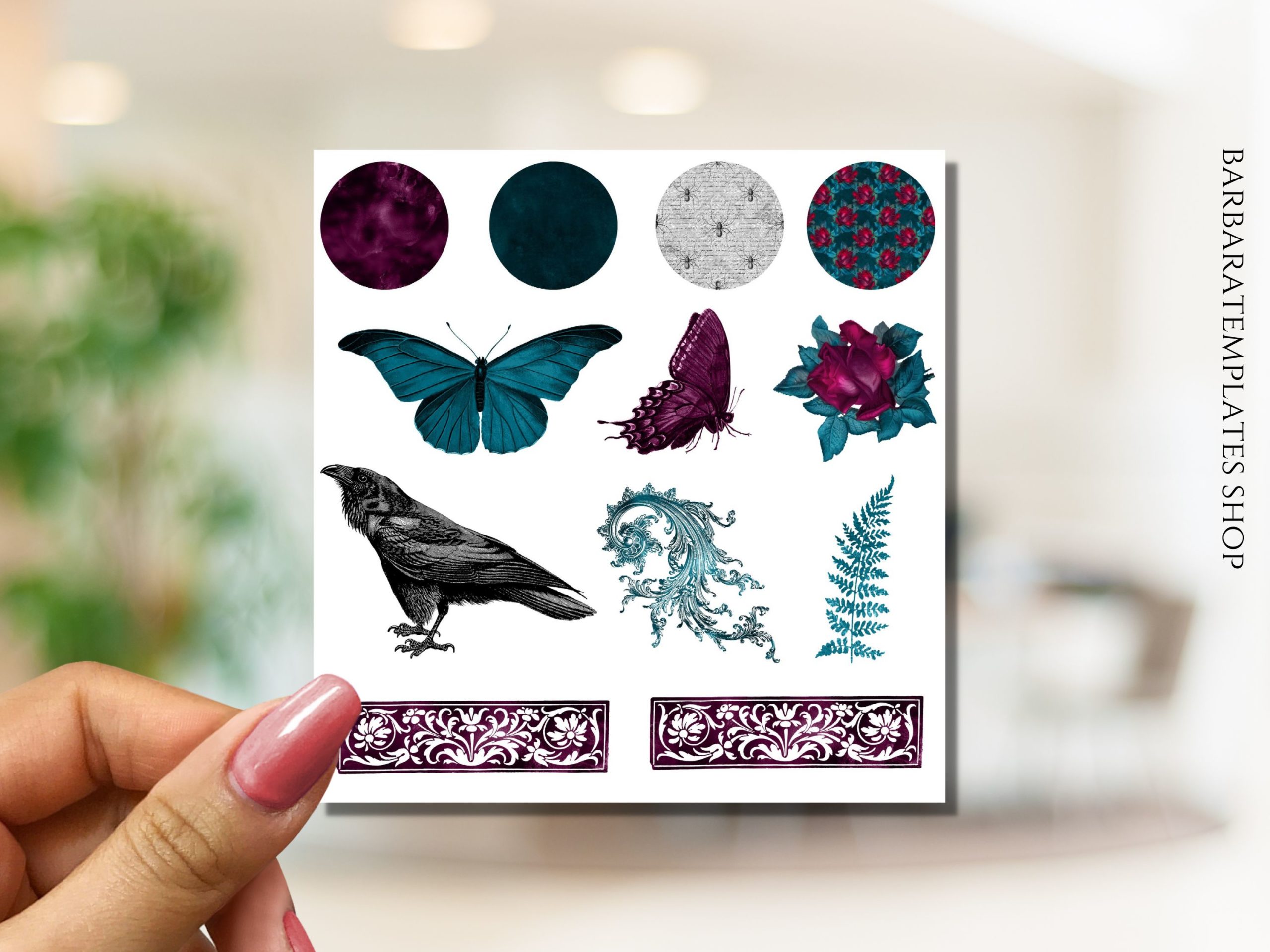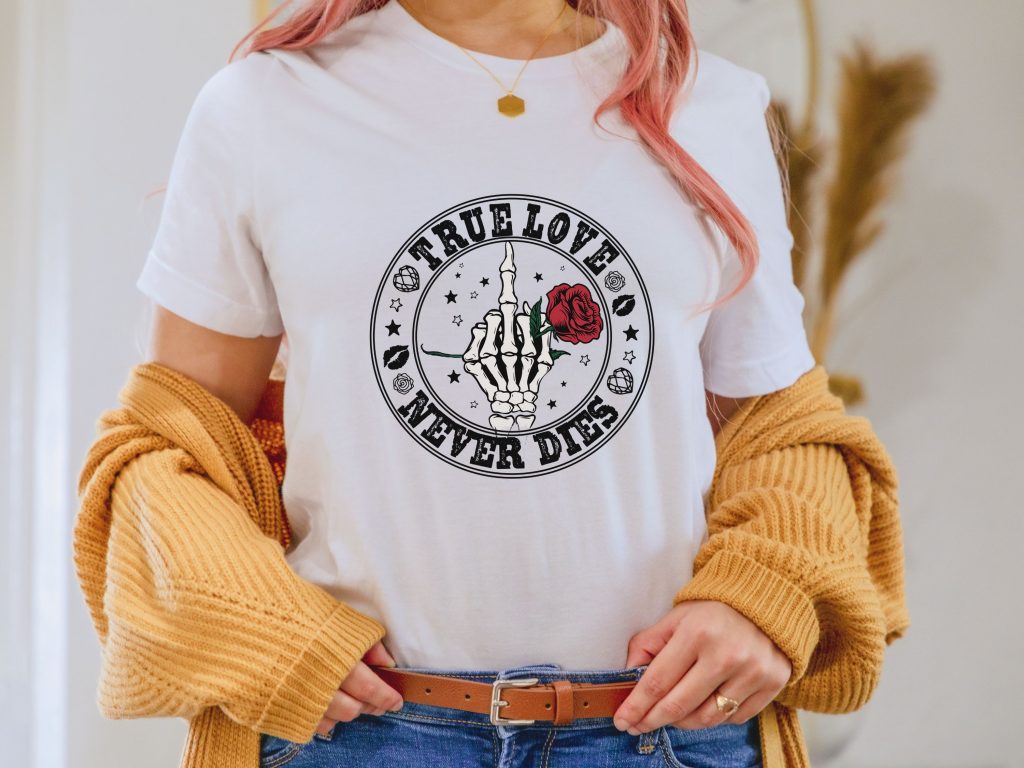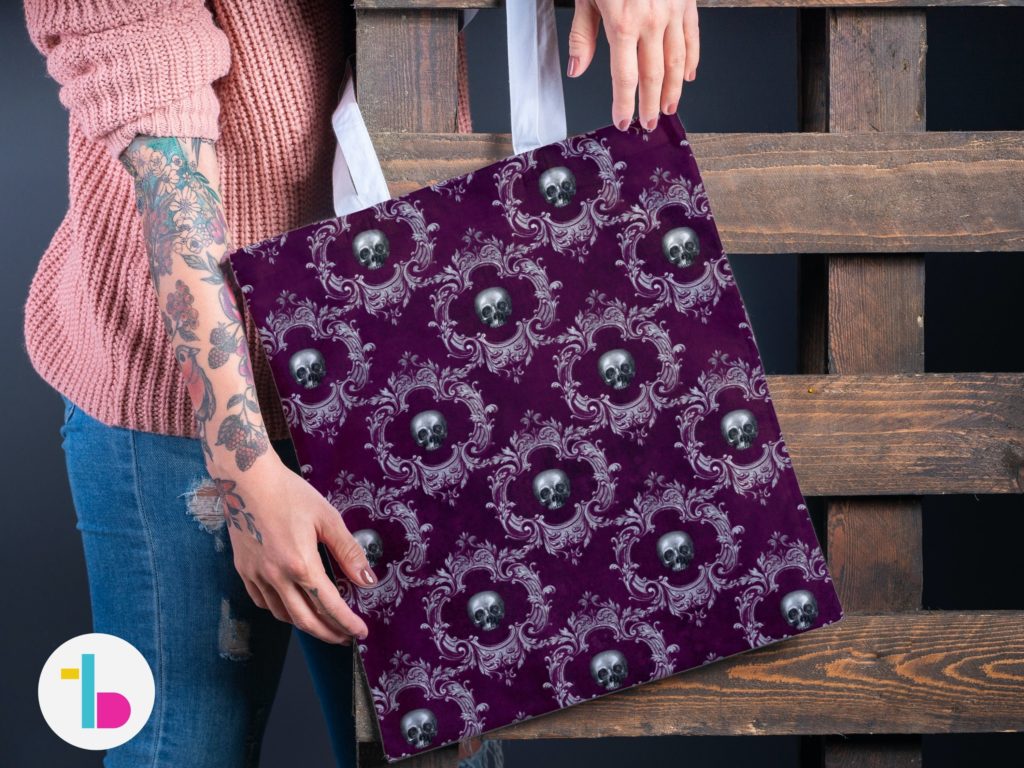
Elevate Your Design Game with Canva
Canva and key benefits for business and personal use.

Gothic fashion, with its dark allure and distinctive style, has enchanted individuals with a taste for the mysterious and the unconventional for decades. From its roots in music and subculture to its influence on clothing and aesthetics, Gothic fashion has left an indelible mark on the fashion landscape. In this article, we’ll delve into the world of Gothic fashion and shirts, exploring the typical signs of the goth subculture, its history, and its unique aesthetic appeal.
Short History of Gothic Fashion: Gothic fashion emerged as an integral part of the larger goth subculture, which was born in the late 1970s and early 1980s. Initially rooted in the post-punk music scene, goth culture embraced dark, melancholic themes and a fascination with the macabre. This cultural movement gave rise to a distinctive fashion aesthetic that incorporated elements of Romanticism, Victorian fashion, and alternative subcultures.
Typical Signs of the Goth Subculture:

Gothic Fashion Shirts: Defining the Aesthetic
Gothic fashion shirts are a quintessential element of the subculture, offering a canvas for self-expression and an embodiment of the unique gothic aesthetic. Here are some typical features:

Embracing the Shadows with Style
Gothic fashion and shirts encompass a world of darkness, mystery, and artistic expression. As a subculture that celebrates individuality and unconventional beauty, goth fashion has evolved over time, drawing inspiration from history, music, and alternative influences. The typical signs of the goth subculture, from the dark attire to the elaborate accessories, converge to create an aesthetic that is both captivating and enigmatic. Gothic fashion shirts, with their graphic prints and unique details, serve as a canvas for goths to showcase their personal style and their affinity for the darkly elegant. Whether it’s a nod to the past or a reinvention of the present, Gothic fashion continues to enchant and inspire those who embrace the shadows with style.

Canva and key benefits for business and personal use.

Decoding emotions with color psychology. Color psychology explained.